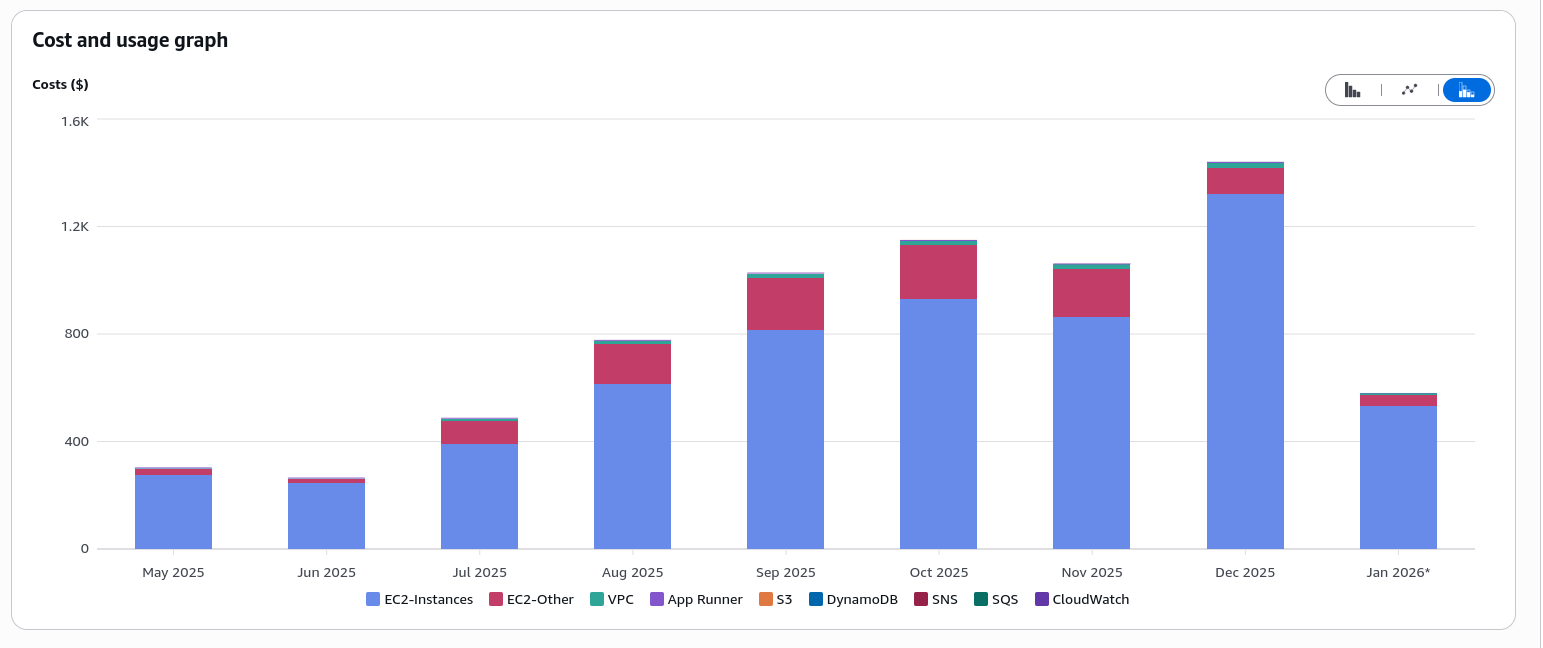-
 chevron_right
chevron_right
Asman Malika: Think About Your Audience
news.movim.eu / PlanetGnome • Yesterday - 12:07 • 3 minutes
When I started writing this blog, I didn’t fully understand what “think about your audience” really meant. At first, it sounded like advice meant for marketers or professional writers. But over time, I’ve realized it’s one of the most important lessons I’m learning, not just for writing, but for building software and contributing to open source.
Who I’m Writing (and Building) For
When I sit down to write, I think about a few people.
I think about aspiring developers from non-traditional backgrounds, people who didn’t follow a straight path into tech, who might be self-taught, switching careers, or learning in community-driven programs. I think about people who feel like they don’t quite belong in tech yet, and are looking for proof that they do.
I also think about my past self, about some months ago. Back then, everything felt overwhelming: the tools, the terminology, the imposter syndrome. I remember wishing I could read honest stories from people who were still in the process , not just those who had already “made it.”
And finally, I think about the open-source community I’m now part of: contributors, maintainers, and users who rely on the software we build.
Why My Audience Matters to My Work
Thinking about my audience has changed how I approach my work on Papers.
Papers isn’t just a codebase, it’s a tool used by researchers, students, and academics to manage references and organize their work. When I think about those users, I stop seeing bugs as abstract issues and start seeing them as real problems that affect real people’s workflows.
The same applies to documentation. Remembering how confusing things felt when I was a beginner pushes me to write clearer commit messages, better explanations, and more accessible documentation. I’m no longer writing just to “get the task done”. I’m writing so that someone else, maybe a first-time contributor, can understand and build on my work.
Even this blog is shaped by that mindset. After my first post, someone commented and shared how it resonated with them. That moment reminded me that words can matter just as much as code.
What My Audience Needs From Me
I’ve learned that people don’t just want success stories. They want honesty.
They want to hear about the struggle, the confusion, and the small wins in between. They want proof that non-traditional paths into tech are valid. They want practical lessons they can apply, not just motivation quotes.
Most of all, they want representation and reassurance. Seeing someone who looks like them, or comes from a similar background, navigating open source and learning in public can make the journey feel possible.
That’s a responsibility I take seriously.
How I’ve Adjusted Along the Way
Because I’m thinking about my audience, I’ve changed how I share my journey.
I explain things more clearly. I reflect more deeply on what I’m learning instead of just listing achievements. I’m more intentional about connecting my experiences, debugging a feature, reading unfamiliar code, asking questions in the GNOME community, to lessons others can take away.
Understanding the Papers user base has also influenced how I approach features and fixes. Understanding my blog audience has influenced how I communicate. In both cases, empathy plays a huge role.
Moving Forward
Thinking about my audience has taught me that good software and good writing have something in common: they’re built with people in mind.
As I continue this internship and this blog, I want to keep building tools that are accessible, contributing in ways that lower barriers, and sharing my journey honestly. If even one person reads this and feels more capable, or more encouraged to try, then it’s worth it.
That’s who I’m writing for. And that’s who I’m building for.






 Photo by Tetsuji Koyama, licensed under CC BY 4.0
Photo by Tetsuji Koyama, licensed under CC BY 4.0
 Photo by Tetsuji Koyama, licensed under CC BY 4.0
Photo by Tetsuji Koyama, licensed under CC BY 4.0
 Photo by Tetsuji Koyama, licensed under CC BY 4.0
Photo by Tetsuji Koyama, licensed under CC BY 4.0









